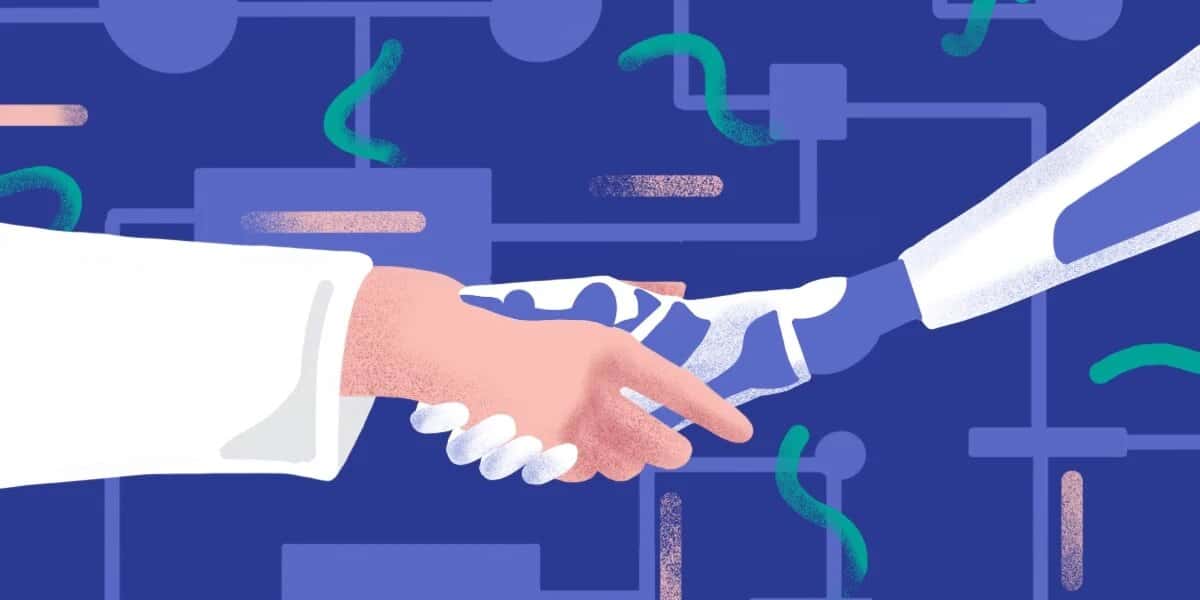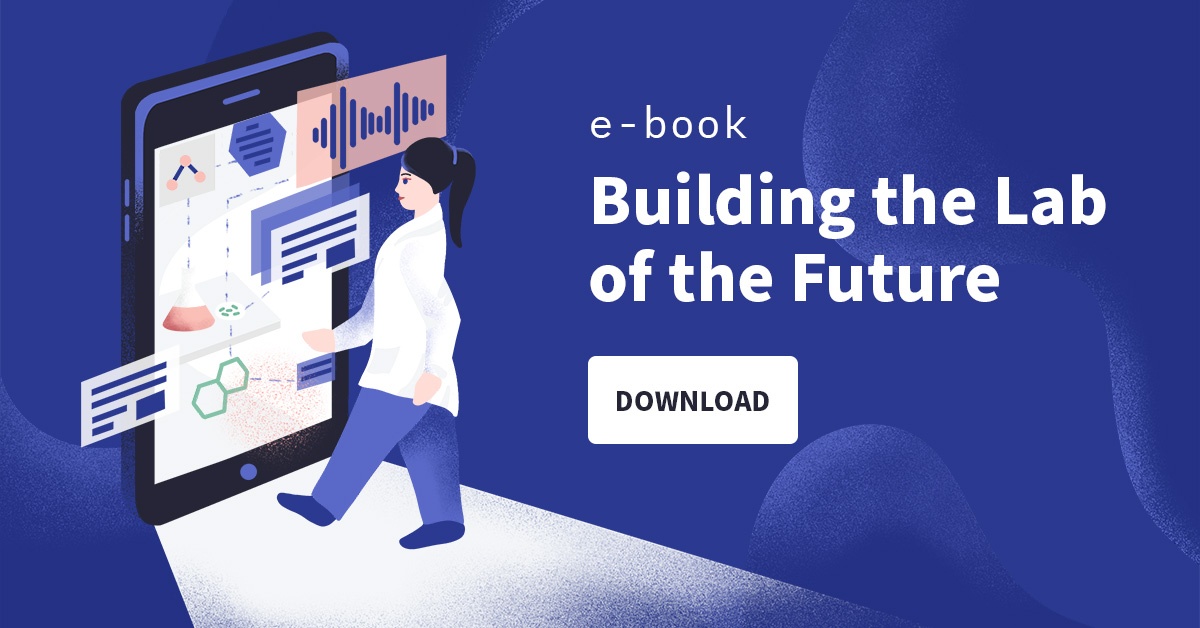Like other industries, biopharma is grappling with an enormous explosion of data and is turning to artificial intelligence (AI) to make sense of what the data reveal. AI allows scientists to review data efficiently and accurately, uncover patterns, improve analyses and streamline operations.
Voice Powered Lab Assistant
With this data explosion in mind, LabTwin, the tech company behind the ground-breaking, eponymous voice-powered lab assistant, and Informa Pharma Intelligence invited an expert panel to discuss AI in scientific research at the BioProcess Theater 2019, BIO International Conference. The panel members considered how AI has the potential to be a powerful tool, particularly in the lab setting, and how it can be used to improve efficiency and reproducibility in the R&D process. Experts from a range of drug discovery, development, tech and analytics organizations called for efforts to break down barriers and encourage speedy adoption of AI technology in the laboratory.
TRANSLATABILITY AND REPRODUCIBILITY
Biopharma and discovery firms are grappling with the struggle to translate the fruits of early research into the clinic. More than 70% of researchers have tried and failed to reproduce another scientist’s experiments, and more than half have failed to reproduce their own experiments, according to a survey conducted by the international weekly journal of science, Nature. This is a result of the high cognitive workload that scientists face and a number of compounding issues such as human error, poor note-taking, bad handwriting and inefficient workflows. Digitalization could bring significant benefits to the lab by streamlining workflow, reducing human error and easing cognitive strain.
Artificial Intelligence is emerging
AI is emerging as a crucial tool in sorting valuable data from background noise in biological experiments.
“When using isolated datasets that have been generated in one lab, one time and place, there’s a lot of risk that algorithms will pick up on experimental noise and not underlying biology. So, we need to be able to reproduce experiments across different contexts, across time and train models to be able to detect the fundamental biology underlying the signals that we’re seeing against the background of experimental variability,” said Ron Alfa, senior vice-president of translational discovery at Recursion Pharmaceuticals.
Furthermore, scientists can also use sophisticated digital tools to triangulate different types of data and generate testable hypotheses.
“Using this approach, we’ve actually now gone from hypothesis generation to three Phase II programs in therapeutic areas as broad as cancer, neuropsychiatry and pain,” said Krishnan Nandabalan, CEO of InveniAI Corporation. “And that’s the beauty of using something like machine learning or AI, where actually you have the model with different types of data sets, so that you can overcome the natural variability that exists in data.”
However, many scientists are still unaware of AI and machine learning tools and how to use them. In many labs, data from decade-long drug discovery projects are still fragmented and exist in analog, printed format, lost within lab books.
“This is what drove us to develop tools that can enable scientists to capture data in real-time, refine data models and offer insights and innovation. When you look at the tools available in the lab up until now, they are very much disconnected from the tasks that are demanded of scientists,” observed Magdalena Paluch, CEO and co-founder of LabTwin.
ERADICATING SILOS
Scientific collaboration is becoming increasingly important as researchers aim at finding solutions for significant health problems such as the rising prevalence of obesity, viral outbreak, cancer and heart disease. Collaboration requires the ability to show, compare and analyze data across multiple sites. Digital tools can help share this information in real time.
“Anything that can aid the collecting of data, not just the experimental results, but also data describing how the experiment was done such as external/internal controls, how the calibration was done, etc., is essential to be able to compare studies done this year to studies done three years ago,” said John Piccone, principal at ZS Associates.
Language is also a barrier to true collaboration. In multinational companies, scientists often perform the work in their own native languages. As a result, certain data created by one unit cannot necessarily be accessed or understood by a unit in another country simply because it is in a different language.
LabTwin, with its voice first, multi-model, digital lab assistant for scientists uses natural language processing and other machine learning technologies to enable much more connected, agile and hands-free documentation and access to information from anywhere in the lab in real-time.
“We need to have more cross-functional teams that are made up of not just biologists and chemists but of biologists, chemists, software engineers and data scientists working together and speaking the same language in a way that they haven’t before,” said Alfa.
In this scenario, it is imperative that all participants, with their different methods, models and approaches, can communicate with each other and focus on the same goal. In life sciences, the majority of bioinformatic algorithms are trained and managed by engineers who, more often than not, are disconnected from the scientists that know the discipline very deeply. “Scientists must have greater access to the information that is fed into the machine learning algorithms,” said Paluch.

INNOVATION AND INTELLECTUAL PROPERTY
AI has a role to play, according to Seth Lederman, CEO and chairman of Tonix Pharmaceuticals, in innovation and in the protection of intellectual property. He gave the example of PsychoGenics, which is working in collaboration with Sunovion, on what appears to be the first anti-schizophrenia or anti-psychotic drug that does not involve the D2 receptor.
“This shows that the future of entirely new classes of molecules can come out of an artificial analysis approach.”
Innovation can be deliberate and systematic and also come from a flash of brilliance.
“Scientists we work with see value using our lab tool, as sometimes they have a flash of an idea. And even though they are working on something else, it is very easy for them to record the idea and give it a specific time stamp. So later on, for IP purposes, such annotations can be tracked to the very first moment that they were discovered and this makes traceability much more manageable,” explained Paluch.
AUGMENTED INTELLIGENCE
AI-augmented intelligence hinges on three key capabilities: understanding, reasoning and learning. This type of digital technology in the lab can reason, understand experimental processes and provide hints, suggestions and recommendations.
“With the ability to learn from multiple scientists in different labs it will be able to pick up on mistakes that should not be repeated or opportunities that should be seized under certain experimental conditions,” said Piccone.
“In a lot of science, if you look at the tools today, they are very much disconnected from the work that’s done in the lab. So, this is what drove us to enable scientists to have access to information at the point of experimentation and be able to document without effort,” said Paluch.
LabTwin offers immediate and simultaneous note-taking. At the end of the day scientists do not have to go to their computer and type up what they have remembered from their workflow. They have been assimilating this information throughout their working day.
“I think we all want to get to that moment where we can provide the insights based on all the data we have, but right now, even in a digital format, we see a completely hierarchical structure of folders and data that is not searchable and not discoverable. What drives us at LabTwin is: how we can bring information to life and make the process of capture and access much more interactive, natural and easy, similar to having a conversation with an expert.” said Paluch.
CHALLENGES TO ADOPTION
One challenge to adoption of AI and machine learning in the lab is systematic and harmonized recording of all the required data. This is crucial, according to Paluch.
“The clinical-trial records, basic science and lab data need to be related to real-world data because there’s going to be a hundred times more real-world data than clinical data and lab data,” she said.
Another challenge is that many scientists simply aren’t aware of new digital tools. Or researchers may fear “being replaced by machines.” The expert panel believes that education will help scientists see AI and machine learning tools as collaborative partners that can help simplify workflow and increase productivity.
CONCLUSION
Voice-assisted technologies have been with us for around 10 years and virtual assistants such as Siri and Alexa are becoming accepted in day-to-day life. AI-derived technology, such as voice-powered and other tools being used in the medical environment are breaking new ground in areas such as patient examinations and surgery. They can reduce the amount of time physicians and other health care professionals spend on paperwork and documentation.
A recent analysis published in the Journal of the American College of Radiology explored the potential of AI tools in radiation oncology.
Artificial Intelligence
The analysis showed that AI-derived technology has the potential to reduce the burden of data entry associated with clinical documentation, provide clinical decision support, improve quality and value, and integrate patient data from multiple sources. The article notes that challenges regarding data privacy, regulation and medicolegal liabilities must be addressed for such AI technologies to be successful. It also highlights the need for voice recognition technology to be able to turn “broad conversational and clinical jargon” into efficient, easy-to-read documentation.
Voice Powered Lab Assistant
LabTwin’s voice-powered lab assistant is already tackling these challenges in early-stage R&D in the laboratory setting. Adoption of AI-derived technology in the clinical setting will bring about further change. Clearly, for this to succeed, scientists and the organizations behind them need to embrace significant shifts in culture and behavior. With these advances, data deficiencies and inaccuracy will be eliminated, and quality and compliance will improve. Ultimately, AI-derived technology such as voice-powered and machine learning tools will benefit scientists and ultimately patients by creating far more insightful innovation and more tailored and effective treatments.




